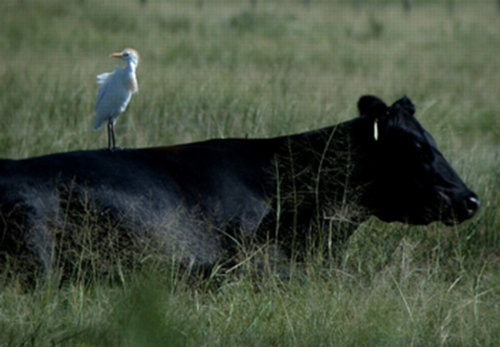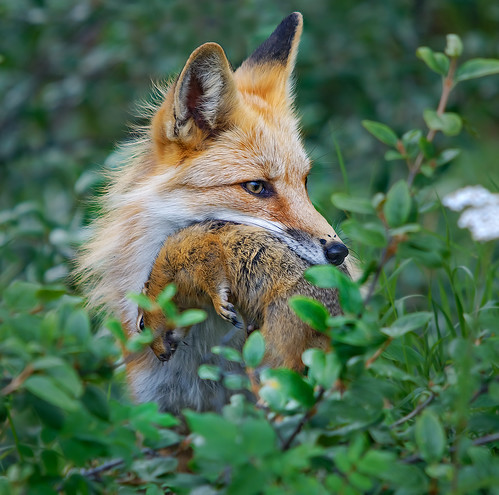Predator & Prey
4.0(2)
4.0(2)
Card Sorting
1/28
Study Analytics
Name | Mastery | Learn | Test | Matching | Spaced |
|---|
No study sessions yet.
29 Terms
1
New cards
Abiotic
Non-living

2
New cards
Biotic
Living

3
New cards
Competition
A common demand by two or more organisms upon a limited supply of a resource; for example, food, water, light, space, mates, nesting sites. It may be intraspecific or interspecific.

4
New cards
Commensalism
A relationship between two organisms in which one organism benefits and the other is unaffected

5
New cards
Mutualism
A relationship between two species in which both species benefit

6
New cards
Parasitism
one organism lives on or in another and harms it

7
New cards
Predator
An animal that lives mostly by killing and eating other animals

8
New cards
Prey
An organism that is killed and eaten by another organism

9
New cards
Symbiosis
A close relationship between two species that benefits at least one of the species.

10
New cards
the amount of rainfall in a region affects the growth of corn in a field
abiotic-abiotic
11
New cards
a wolf stalks, kills and eats a deer
biotic-biotic
12
New cards
the salinity of the lake water determines the amount of brine flies
abiotic-biotic
13
New cards
a tick parasitizes a raccoon by feeding on its blood
biotic-biotic
14
New cards
the temperature of the tundra affects how frozen the soil is
abiotic-abiotic
15
New cards
a population of cardinal birds takes over a tree for nesting from a population of bluebirds
biotic-abiotic
16
New cards
herbivore
A consumer that eats only plants.
17
New cards
autotroph
An organism that makes its own food
18
New cards
primary consumer
An organism that eats producers
19
New cards
tertiary consumer
An organism that eats secondary consumers
20
New cards
predator
An animal that hunts other animals for food
21
New cards
carnivore
A consumer that eats only animals.
22
New cards
heterotroph
An organism that cannot make its own food.
23
New cards
producer
An organism that can make its own food.
24
New cards
prey
An organism that is killed and eaten by another organism
25
New cards
ecosystem
a place where many things live
26
New cards
the sizes of population of organisms in an ecosystem typically never stays constant
true
27
New cards
an example of a community
all the same organisms in a particular area (like a school of fish)
28
New cards
organisms in a food web are dependent on
each other
29
New cards
biome
A group of ecosystems with similar climates and organisms